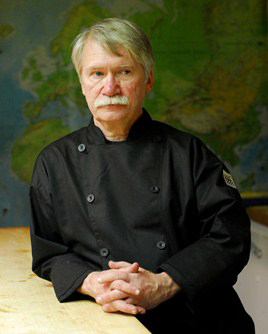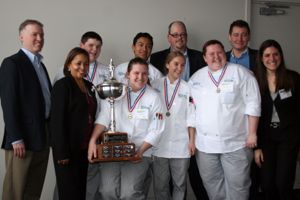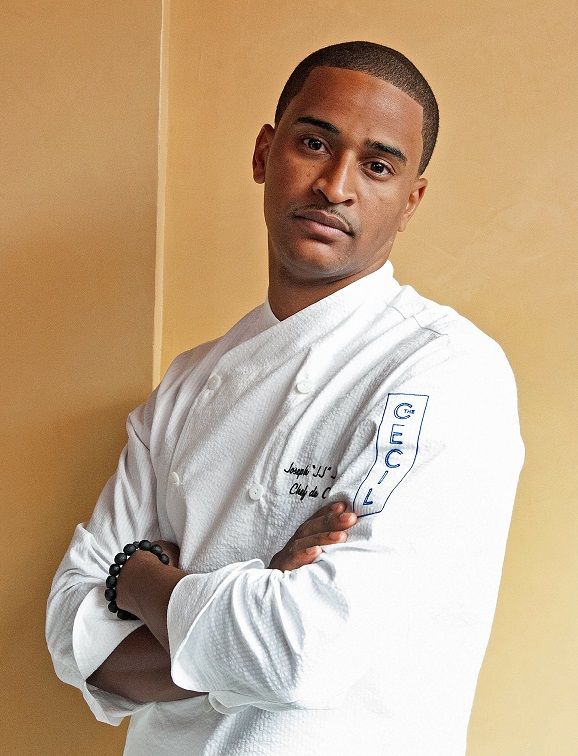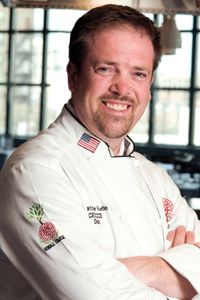Mayo’s Clinic: Strategies for Encouraging Curiosity in Students, Part II
 Following up on last month’s inspiration to teach curiosity by capitalizing on the five “W”s, this month Dr. Mayo reveals three additional strategies.
Following up on last month’s inspiration to teach curiosity by capitalizing on the five “W”s, this month Dr. Mayo reveals three additional strategies.
By Dr. Fred Mayo, CHE, CHT
This month is the second installment of suggestions for encouraging curiosity in students. Last month, we talked about inviting them to lead critiques of food, asking them to ask questions about what they are doing in class, and inviting them to consider what could be done differently each time they do something. These strategies keep their minds active and promote both curiosity and creativity along with critical thinking.
This month, we will discuss three other strategies that are part of good teaching, but can be particularly useful in promoting curiosity.
Controversy
One very effective way to encourage curiosity is to create some discrepancy about something that is being taught or discussed. Since you want different perspectives, give students various roles to play in the discussion of some concept. They will investigate it and think about it more profoundly since they know that there will be several points of view. The benefit is that they will consider more aspects of the topic knowing that they have to debate it.

 Combined with last month’s article from Chef Weiner on the basic science behind critical processes in the kitchen that all culinary students should understand, the following 10 precepts truly sum up any student’s “necessary science.”
Combined with last month’s article from Chef Weiner on the basic science behind critical processes in the kitchen that all culinary students should understand, the following 10 precepts truly sum up any student’s “necessary science.” As educators, we cannot not ignore what consumers of education seek. So why do many in education assume that teaching and training are mutually exclusive?
As educators, we cannot not ignore what consumers of education seek. So why do many in education assume that teaching and training are mutually exclusive? Career technical education (CTE) programs such as the National Restaurant Association Educational Foundation’s ProStart give students the skills and experience they need to achieve rewarding, long-term careers in the high-growth restaurant sector.
Career technical education (CTE) programs such as the National Restaurant Association Educational Foundation’s ProStart give students the skills and experience they need to achieve rewarding, long-term careers in the high-growth restaurant sector. A sea bass, a chicken and a mousse—that’s the menu that sealed the third straight ProStart state championship for the culinary team from Technology Center of DuPage (TCD) in Addison, Ill. The team competed Feb. 8 at the 13th Annual Illinois ProStart® Student Invitational for high-school culinarians, hosted by the Illinois Restaurant Association Educational Foundation (IRAEF) at Kendall College in Chicago.
A sea bass, a chicken and a mousse—that’s the menu that sealed the third straight ProStart state championship for the culinary team from Technology Center of DuPage (TCD) in Addison, Ill. The team competed Feb. 8 at the 13th Annual Illinois ProStart® Student Invitational for high-school culinarians, hosted by the Illinois Restaurant Association Educational Foundation (IRAEF) at Kendall College in Chicago. The January 20, 2014, issue of Forbes magazine honored the best up-and-comers in a wide range of fields. In its annual “30 Under 30” list, four graduates of The Culinary Institute of America (CIA) were named in the area of food and beverage. That’s more than any other college or university.
The January 20, 2014, issue of Forbes magazine honored the best up-and-comers in a wide range of fields. In its annual “30 Under 30” list, four graduates of The Culinary Institute of America (CIA) were named in the area of food and beverage. That’s more than any other college or university. CAFÉ’s second-annual Deans and Directors Retreat in February introduced a stellar line-up of thought leaders to passionate educators wishing to grow and strengthen their culinary-arts programs amid sweeping societal evolution.
CAFÉ’s second-annual Deans and Directors Retreat in February introduced a stellar line-up of thought leaders to passionate educators wishing to grow and strengthen their culinary-arts programs amid sweeping societal evolution. A simple concept conceived by the School of Culinary Arts at Kendall College turned out to be a powerful tool with which to teach culinary-arts students how to achieve impeccable flavor in every dish.
A simple concept conceived by the School of Culinary Arts at Kendall College turned out to be a powerful tool with which to teach culinary-arts students how to achieve impeccable flavor in every dish. Hand pies are the latest incarnation in the mini-dessert trend, crêpes add adventure to diners’ repertoires, and nuts, dessert butters and spoonables are big.
Hand pies are the latest incarnation in the mini-dessert trend, crêpes add adventure to diners’ repertoires, and nuts, dessert butters and spoonables are big.